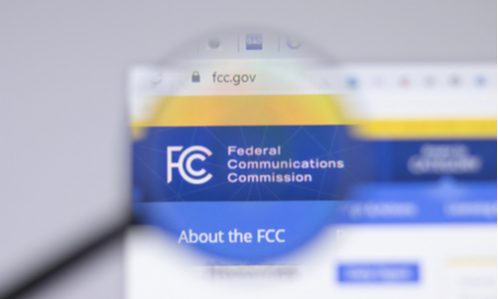FCC Urges Urgent Funding for Removal of Chinese Telecom Equipment from U.S. Networks

In a recent announcement, the Federal Communications Commission (FCC) revealed that nearly 40% of U.S. telecom companies receiving federal support require additional government funding to eliminate equipment supplied by Chinese telecom giants Huawei and ZTE from American wireless networks. This move is deemed necessary to mitigate security risks associated with these foreign-made devices.
According to reports by Reuters, the FCC disclosed that the projected cost for the removal of such equipment amounts to a staggering $4.98 billion. However, Congress has thus far only authorized $1.9 billion for the “rip and replace” program, leaving a substantial shortfall in funding.
FCC Chair Jessica Rosenworcel emphasized the critical need for immediate action from Congress, warning of potential dire consequences if full funding is not provided promptly. Some carriers participating in the reimbursement program have reportedly indicated to the FCC that they anticipate significant disruptions, including potential network shutdowns, due to the lack of sufficient financial support.
Despite efforts from the White House to secure additional funding, with a request for an extra $3.1 billion made in October, Congress has yet to take action on this matter, as per Reuters’ report.
The urgency behind the removal of Chinese telecom equipment stems from a directive issued by Congress in 2019, mandating the FCC to compel U.S. telecom carriers receiving federal subsidies to expunge their networks of such equipment.
Under the current law, the FCC has prioritized allocating funding to applicants serving two million or fewer customers, with these recipients receiving only 39.5% of the replacement costs.
Telecom companies, having received initial partial funding, now face stringent deadlines for the removal, replacement, and disposal of all Huawei and ZTE communications equipment and services. These deadlines range from May 29, 2024, to February 4, 2025, as outlined by the FCC.
Source: Reuters
Featured News
T-Mobile Faces Class-Action Lawsuit Over Sprint Merger After Appeal Denied
May 16, 2024 by
CPI
Google Faces Backlash Over Introduction of AI-Generated Summaries in Searches
May 16, 2024 by
CPI
CMA Launches Phase 2 Probe into AlphaTheta’s Acquisition of Serato
May 16, 2024 by
CPI
NFL Executive Escapes Testifying in High-Stakes Trial Over Televised Games
May 16, 2024 by
CPI
EU Consumers Lodge Complaint Against Chinese Retailer Temu Over Content Rules Breach
May 16, 2024 by
CPI
Antitrust Mix by CPI
Antitrust Chronicle® – Ecosystems
May 9, 2024 by
CPI
Mapping Antitrust onto Digital Ecosystems
May 9, 2024 by
CPI
Ecosystems and Competition Law: A Law and Political Economy Approach
May 9, 2024 by
CPI
Ecosystem Theories of Harm: What is Beyond the Buzzword?
May 9, 2024 by
CPI
Open Ecosystems: Benefits, Challenges, and Implications for Antitrust
May 9, 2024 by
CPI